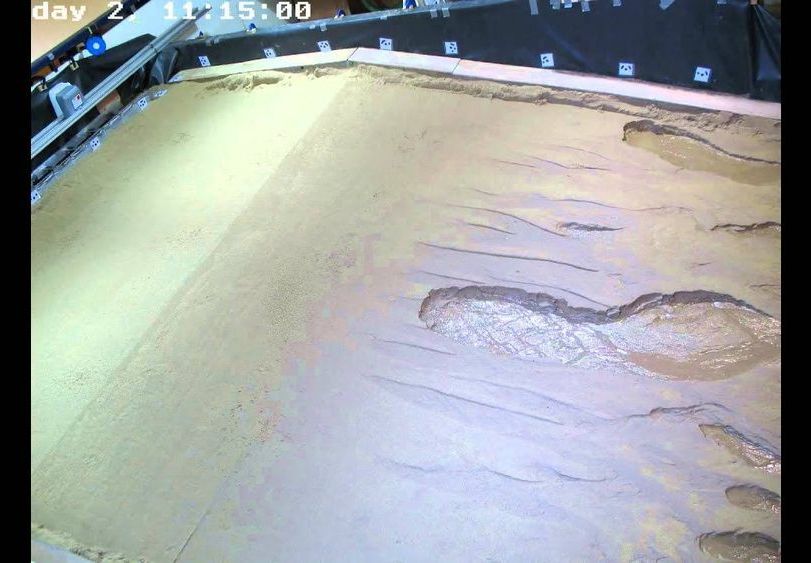From some viewpoints, Mars is kind of like a skeleton of Earth. We can see that it had volcanoes, oceans, and rivers, but the volcanoes no longer fume and the water is all gone. A new image from the ESA’s Mars Express drives the point home.
The new image is of Nirgal Vallis, one of the longest dried-up river system on Mars, at almost 700 km (435 miles) long. It’s just south of the equator, in a region shaped not only by water flowing on the ancient surface, but by impacts.
Satellite images show a region covered in all sizes of impact craters, and rivers and craters worked together to shape the surface of Mars. Scientists think that water from Nirgal Vallis contributed to a massive flood in Mars’ past, flowing into Holden Crater and creating a lake 200–250 m (650−850 ft.) deep. Water flowed from Nirgal Vallis into Holden Crater at between 5–10 times the discharge rate of the Mississippi River. This was probably during the Late Noachian or Early Hesperian epoch. There’s some uncertainty, but that’s probably somewhere around 3.7 billion years ago.









Comments are closed.